CASH FOR CARBON
Alberta farmers have a new option to be paid for the C02 they sequester. A program by Trimble will compensate those who demonstrate and quantify sustainable on-farm nitrogen management practices.
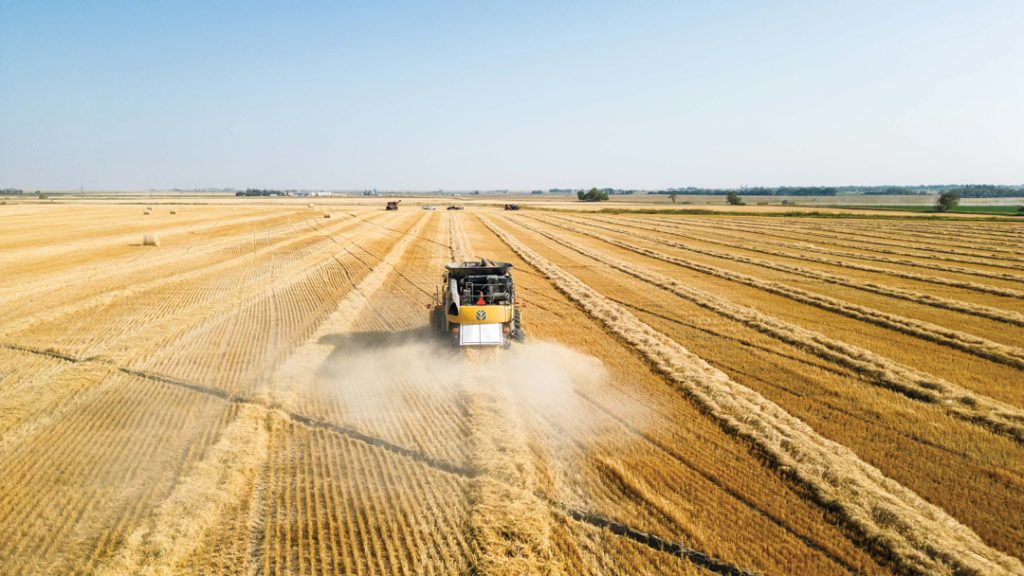
Alberta farmers have a new option to be paid for the C02 they sequester. A program by Trimble will compensate those who demonstrate and quantify sustainable on-farm nitrogen management practices.
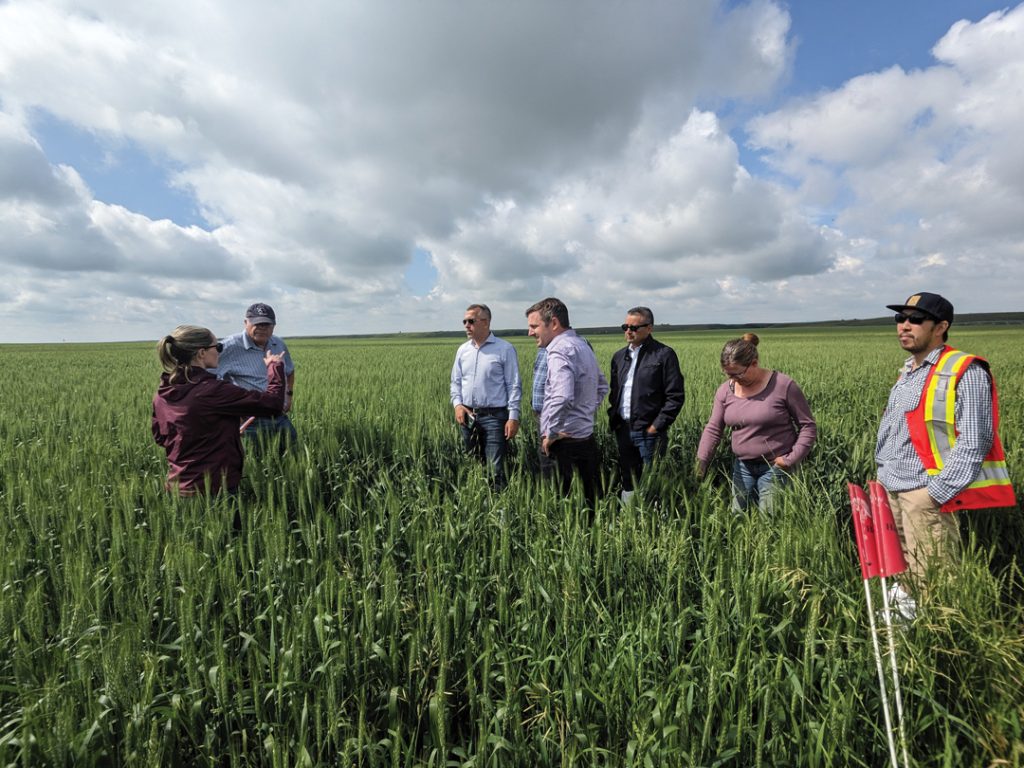
One of several regional chapters of Agriculture and Agri-Food Canada’s 10-year, $185-million Agricultural Climate Solutions — Living Labs Program, AALL conducted its first season in 2023. Its emphasis on real-world results unites farmers and scientists to study practices and technologies that reduce greenhouse gas emissions, sequester carbon and benefit the economic bottom line of farmers.
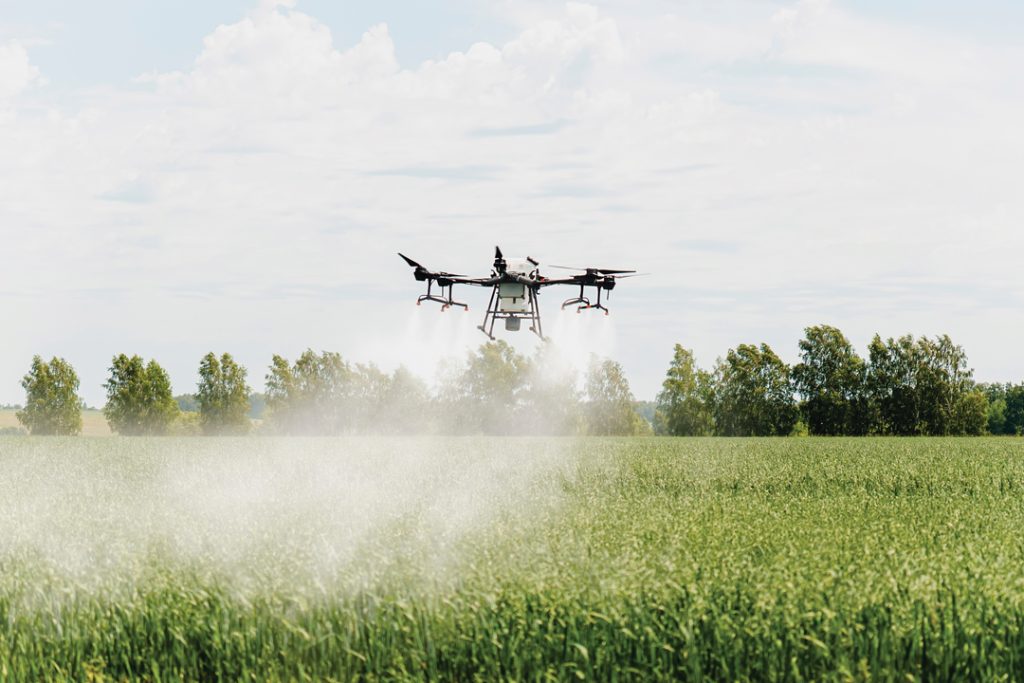
Perspective is everything and the high-flying bird’s-eye view provided by drones delivers plenty of it. Outfitted with state-of-the-art software augmented with artificial intelligence (AI) technology, drones are increasingly used for an impressive array of agricultural applications.

For decades, soil management decisions have been made based on chemical composition. The field of soil health has refreshingly expanded to include aspects such as organic matter and compaction, said Burton. “Soil health embraces the physical, chemical and biological, which is a much more meaningful representation of the state of soil.”

As farms continue to increase in size, certain equipment manufacturers race to provide high-horsepower machinery that can stretch a farmer’s reach when they seed, spray and harvest. Farmers also require these increasingly efficient options to contend with a shrinking agricultural labour pool.
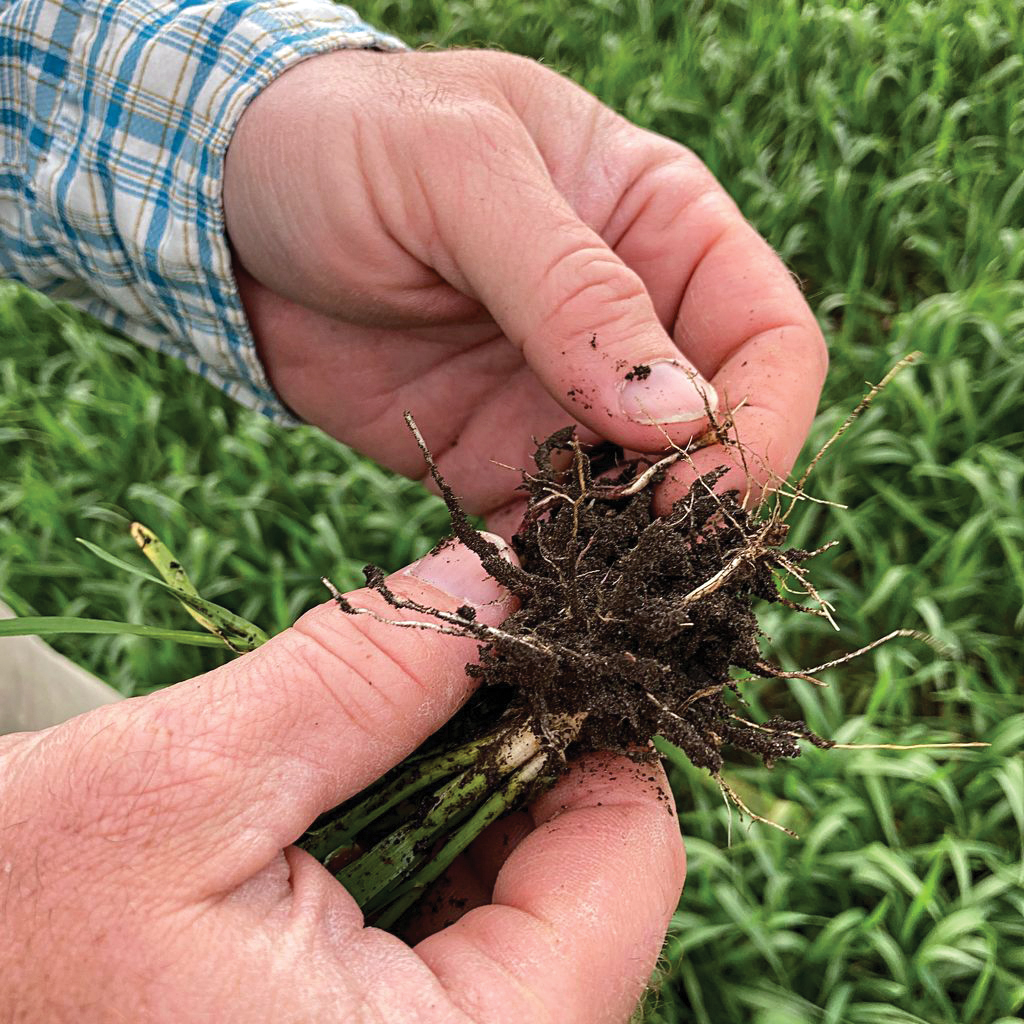
Substantial growth in the biologicals market has been driven in part by stricter pesticide regulations and by farmers who wish to produce higher yielding, more resilient crops. Biologicals represent a broad category of plant protection products, including biostimulants, biopesticides and biofertilizers.
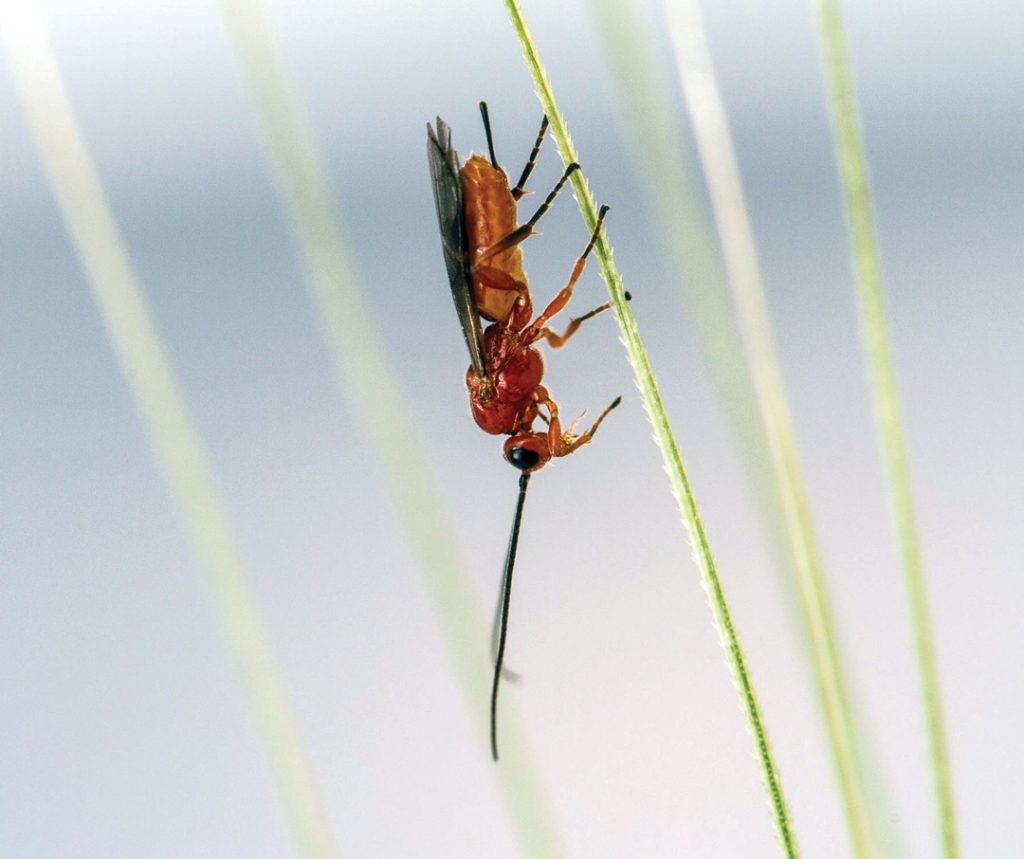
CWRS farmers in widespread pockets of the western Prairies have experienced increased wheat stem sawfly populations in recent years. Researchers and agronomists are concerned the pest may become increasingly prevalent if drought conditions continue.

It’s a lengthy and involved process to identify herbicide-resistant weeds that pose a steadily growing threat to farm fields. With almost $500,000 in funding provided by Results Driven Agriculture Research, a project is now underway at the Agriculture and Agri-Food Canada Lethbridge Research and Development Centre to simplify the procedure with the creation of rapid tests.

Available to Prairie farmers on desktop and mobile devices at prairiefhb.ca, the Tool makes daily, localized risk predictions based on weather station data collected over the previous 10 days. The system is active during the peak Fusarium period of June 1 to Aug. 31, and indexes the risk for barley, durum and spring and winter wheat.
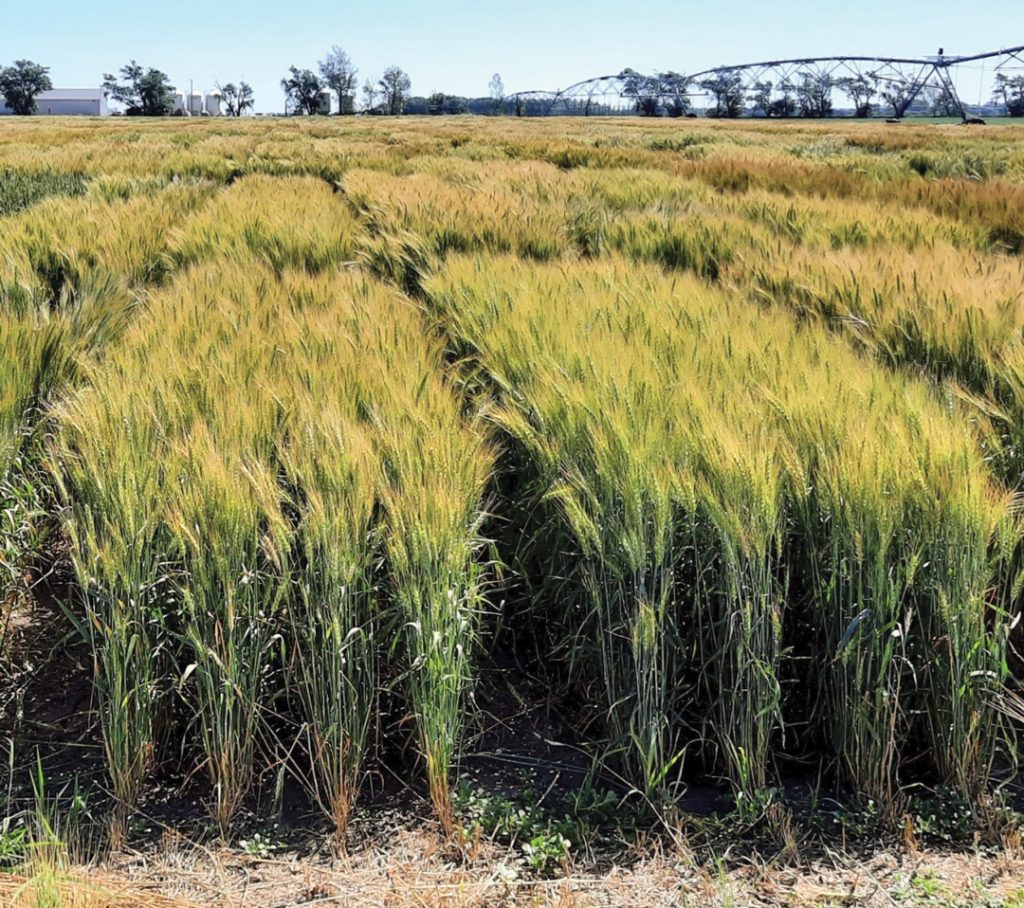
Despite the encouragement of crop groups and conservation outfits, winter wheat acreage in Western Canada has decreased sharply to 2.7 million tonnes in 2022 from the record high of 4.8 million in 2008. A sign this trend may reverse, acreage has increased slightly in Manitoba where farmers have struggled to seed spring wheat in wet fields.